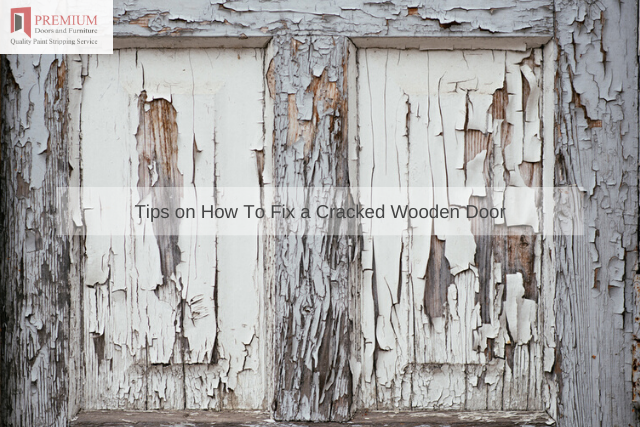Even the most durable wooden doors are subject to wear and tear over time. This will often be seen in the form of cracks.
Common causes include mechanical damage or temperature variations (particularly if the door is found on the exterior of your home).
However, many cracks can be repaired in order to avoid a more costly replacement.
What does this process involve? Let us quickly examine some professional suggestions.
The Initial Assessment
You will first need to determine the length and width of the crack in order to accurately view the extent of the damage.
This can sometimes be tricky if multiple coats of paint are present (these finishes may hide the extent of the issue). In such a case, it is wise to employ a quality paint stripper for wood around the immediate area.
Then, try to see whether or not the crack in question has loosened any nearby joints or panels. This leads us to the next step.
Repairing the Crack
You will first need to obtain a tube of caulk specifically designed for wooden doors. Avoid using silicone, as many paints will not adhere to this substance.
Look for a filler that is somewhat flexible so that it is able to expand and contract in accordance with any mechanical forces. Completely fill the crack and be sure to wipe off any excess with a damp cloth before it dries.
If the crack still exhibits a depression, adding fast-drying wood putty will ensure a level surface.
This putty can be sanded once it has dried, so be sure to allow at least 24 hours before taking additional steps such as applying a fresh coat of paint.
Please feel free to contact Premium Door Stripping for additional advice or if you require a professional paint stripper in order to tackle an upcoming project.




